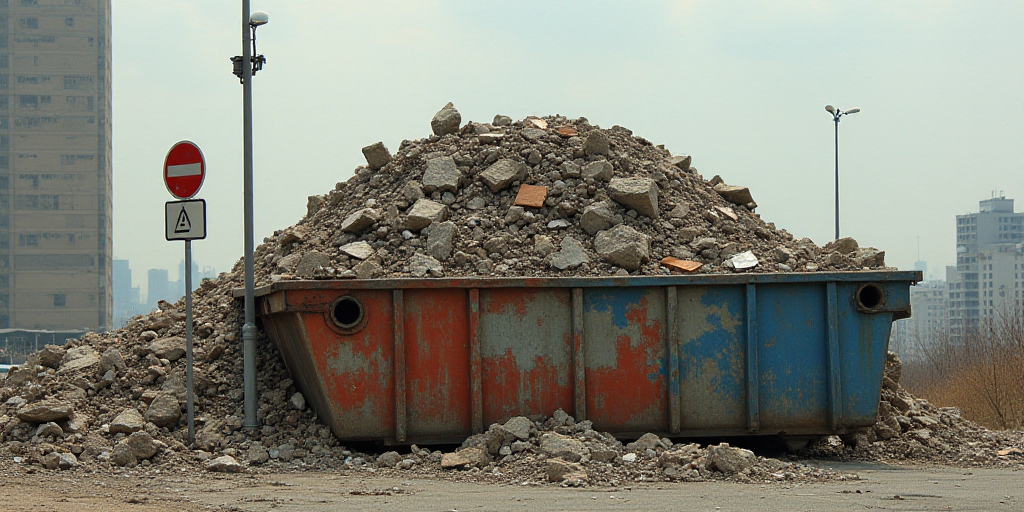Introduction and Background
Mexico generates over 120,000 tonnes of solid waste daily, with less than 10% being recycled, according to data from the Secretariat of Environment and Natural Resources (Semarnat). This starkly contrasts with countries like Germany or Japan, where recycling rates exceed 55%. This disparity underscores the urgent need to reassess waste management strategies.
The Zero Waste Model: An Overview
In response to this challenge, the Zero Waste model aims to eliminate waste sent to landfills and promote a circular economy, with a particular focus on construction and corporate furniture.
The strategy involves extending the lifespan of materials, ensuring they remain in use for as long as possible. In construction, this means setting waste reduction targets from the planning stage, limiting packaging, separating and tracing waste, choosing recyclable and certified materials, and opting for suppliers with certifications like FSC or ISO 14001.
Expert Insight and Success Stories
Andrea Sordo, a project manager and sustainability specialist at JLL Mexico, emphasizes the importance of early planning: “If implemented correctly, Zero Waste does not incur additional costs and can even generate economic benefits in the medium term.” She adds that it requires harmonizing criteria, aligning suppliers with certifications like FSC or ISO 14001, and establishing return programs for packaging.
In corporate design, the results are already evident. Papsa, Haworth’s representative in Mexico, reported managing over 10,700 tonnes of waste through recycling and 14,500 tonnes via energy recovery in 2024. They sent only 0.31% of hazardous waste to landfills, replaced 230,000 polystyrene pieces with paper alternatives, and switched over 20 tonnes of plastic film for biodegradable options.
Beyond environmental benefits, the company donated furniture worth more than 240,000 USD to 113 non-profit organizations in 2024, demonstrating the potential of circular economy for community development.
Challenges and Future Prospects
Despite these successes, Mexico still faces hurdles such as the lack of regulatory harmonization and limited training in sustainability. However, experiences in construction and offices show that transitioning to a Zero Waste model is feasible.
With stricter public policies, similar to those in Japan or the European Union, Mexico could significantly reduce waste sent to landfills and move closer to international standards.
Key Questions and Answers
- What is the Zero Waste model? It’s a strategy that aims to eliminate waste sent to landfills and promote a circular economy, focusing on extending the lifespan of materials in sectors like construction and corporate design.
- Why is the Zero Waste model necessary for Mexico? Mexico generates a massive amount of waste daily, with minimal recycling rates. This model can help reduce landfill waste and promote sustainability.
- What are the benefits of implementing the Zero Waste model? Besides environmental advantages, it can lead to economic benefits and foster community development through circular economy practices.
- What challenges does Mexico face in adopting the Zero Waste model? Key obstacles include the lack of regulatory harmonization and limited training in sustainability. However, successful examples exist in construction and corporate design.
- How can Mexico overcome these challenges? With stricter public policies, similar to those in Japan or the European Union, Mexico can significantly reduce landfill waste and progress towards international standards.






